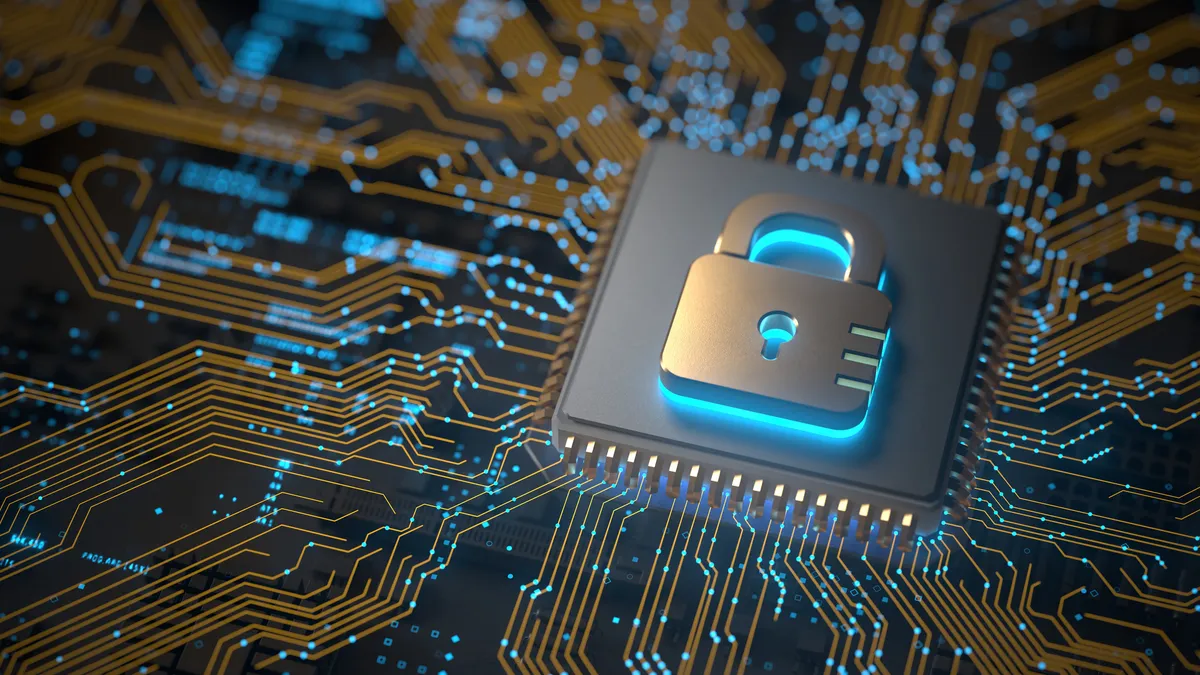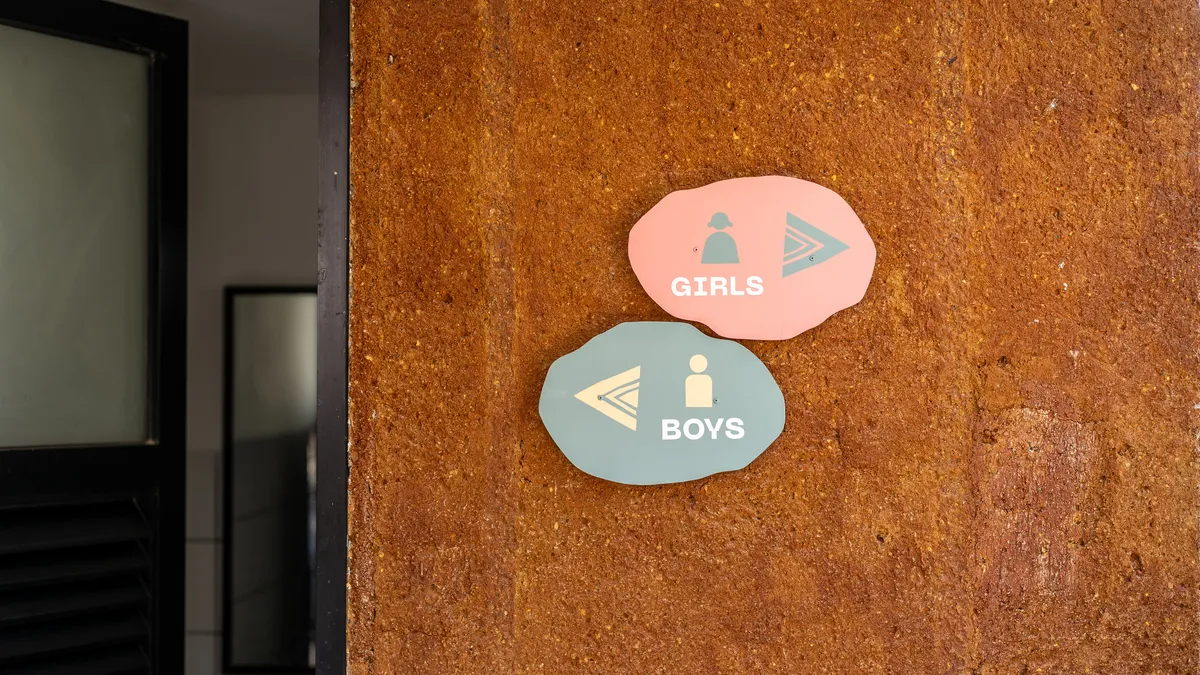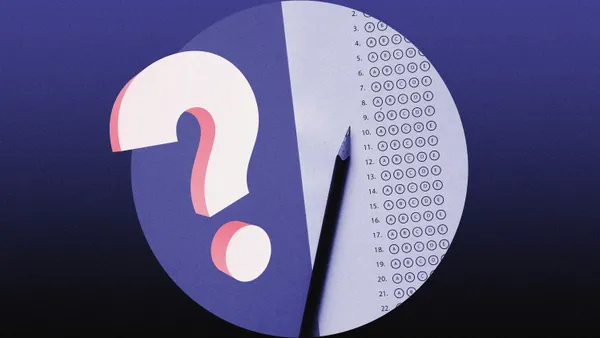Dive Brief:
- More than 250 CEOs called for state leaders to adopt a computer science graduation requirement for all high school students in an open letter published Monday by nonprofit CS for All. Such a requirement is necessary, the CEOs wrote, to better prepare graduates for an increasingly artificial-intelligence-reliant workforce.
- State-level curriculum requirements for the subject have slowly gained traction over the last eight years, with West Virginia most recently becoming the 12th state to enact computer science graduation requirements with the signing of H.B. 2411 in late April.
- Requiring high school students to take just one computer science class could help close wage gaps, “unlock $660 billion in economic potential every year,” and train the future workforce in much-needed skills, according to the letter signed by CEOs ranging from Microsoft’s Satya Nadella to College Board’s David Coleman.
Dive Insight:
The open letter was published less than two weeks after President Donald Trump signed an executive order to promote AI in K-12 schools through the establishment of a White House AI education task force and other initiatives.
Monday’s letter said that the U.S. is “falling behind” when it comes to global competition, as countries like Brazil, China and South Korea have already mandated requirements for every student to learn about computer science or AI.
“In the age of AI, we must prepare our children for the future — to be AI creators, not just consumers,” the letter said. “A basic foundation in computer science and AI is crucial for helping every student thrive in a technology-driven world. Without it, they risk falling behind.”
There are huge risks for students who don’t know how to critically analyze how and when to use AI tools, said Jake Baskin, executive director of the Computer Science Teachers Association and a cosigner of the letter. It’s also crucial that the next generation is trained to continue developing new technology and AI tools.
Baskin said he hopes that in the future everyone, regardless of their profession, will have a strong foundational understanding that AI tools are created by humans and not by “magic,” and that they can make mistakes that can come with ethical implications when introduced.
“It would be a disservice to students to only teach them how to use these tools without building that foundational context,” Baskin said.
But barriers to implementing computer science graduation requirements persist, particularly as they involve finding and hiring enough teachers to meet K-12 demand for the subject, said Katy Knight, president and executive director of the Siegel Family Endowment.
Some of the endowment’s work includes funding hands-on classroom coaching with teachers who don’t have a background in computer science to instruct on the subject, Knight said.
Trump’s AI executive order calls for U.S. Education Secretary Linda McMahon to prioritize AI teacher training initiatives using discretionary grant programs under the Elementary and Secondary Education Act and Title II of the Higher Education Act. The specifics of what that training will look like, however, are missing, Knight said.
“There is no AI without computer science,” Knight said, adding that computer science needs to be included when implementing this order.
About 6.4% of high school students take computer science courses annually, according to an October 2024 report from the Computer Science Teachers Association, which wants to see that figure jump to 25% to guarantee all high school students are enrolled in the subject over the course of their high school education.
Disparities in computer science participation remain a hurdle, however, with only 32.5% of young women — compared to 67.5% of young men — taking high school level courses in the subject, according to the Computer Science Teachers Association. Latine students were also the most underrepresented group, as only 20% take computer science courses compared to the overall 29% of Latine students enrolled in schools, the report found.











